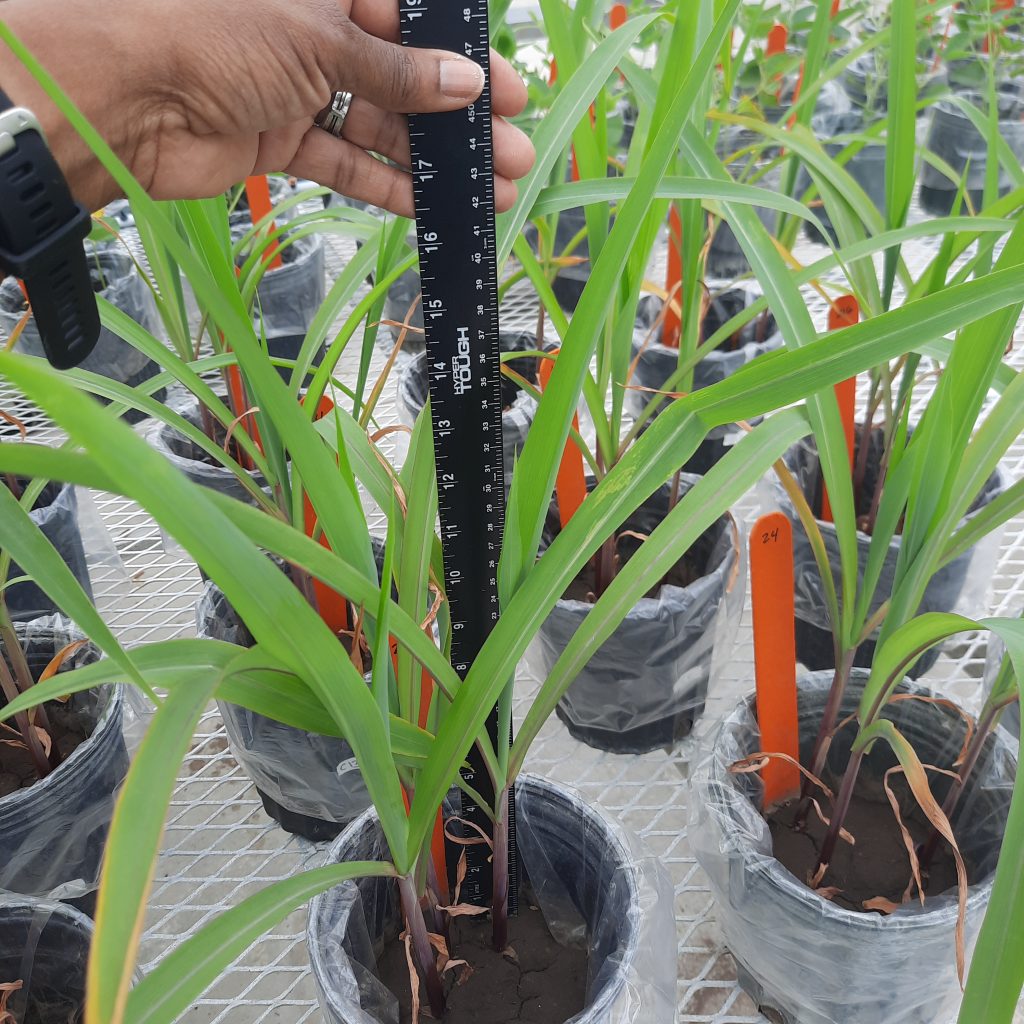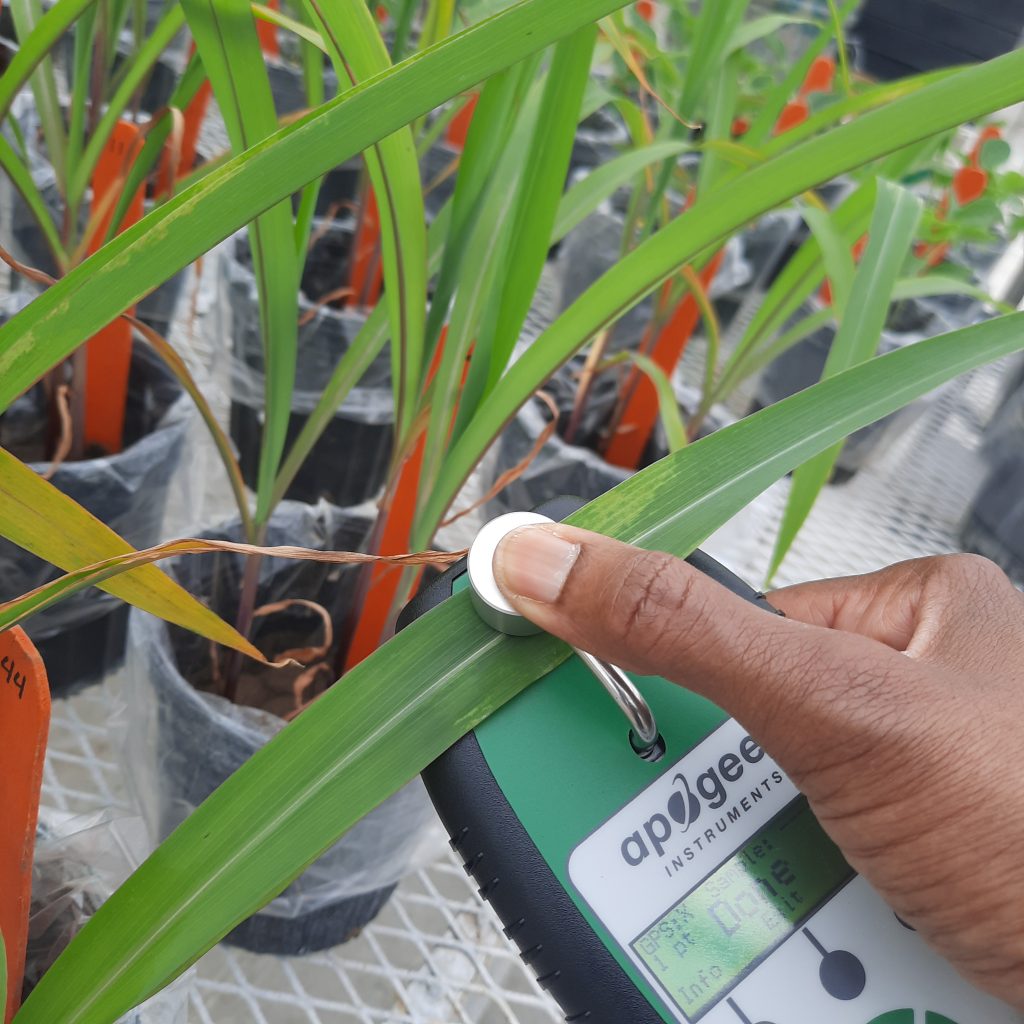Intro of Work in this Field: 2024 Summer Work Summary
Nickel fertilization has been shown to be an essential micronutrient in producing urease, thus increasing nitrogen metabolism in soybeans. Liquid nickel application and pelletized nitrogen were added to the soil before planting to determine an optimal amount of fertilizer to increase nitrogen uptake. Increased nickel content in the soil helps promote nitrogen uptake, producing more modulation.
This greenhouse experiment is being conducted to determine which treatment level of nickel will have the soybeans uptake the most nitrogen. 48 pots of soybeans were planted, with 12 different replications repeated 4 times. Nickel rates of 0, 1, 2, 4, 8, and 16 ppm were added to the soil, along with 200 ppm of added nitrogen, or no added nitrogen. Six seeds were planted in pots with a plastic liner and were weighed every couple of days to add enough water to reach field capacity. The number of plants in each pot was reduced to three once established, and then measurements were taken weekly. These measurements are height, chlorophyll, and what growth stage the plants are in. When the plants reach maturity, nodule count, nodule weight, nickel in leaves, and urease in leaves will also be measured. Although the experiment is not yet complete, the hypothesis is that the higher the rate of nickel, the more nitrogen the soybean plant will be able to uptake.
Field Location:
- West Madison Ag Research Station
8502 Mineral Point Road
Verona, WI 53593


